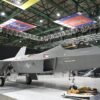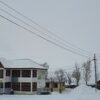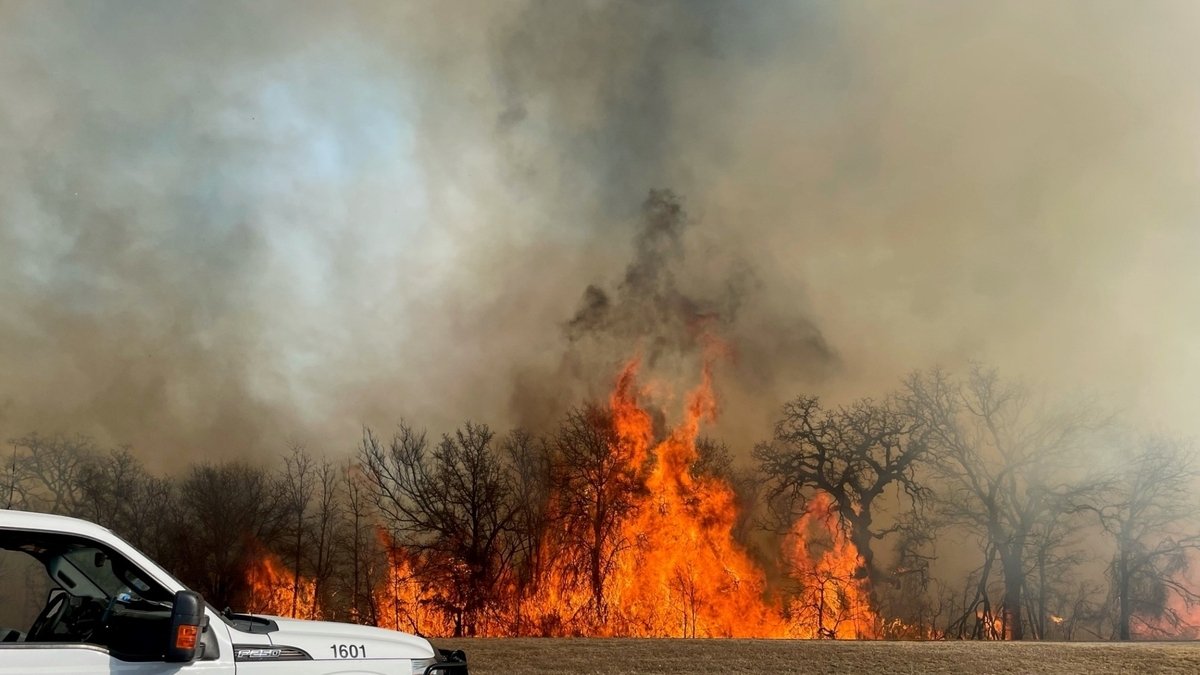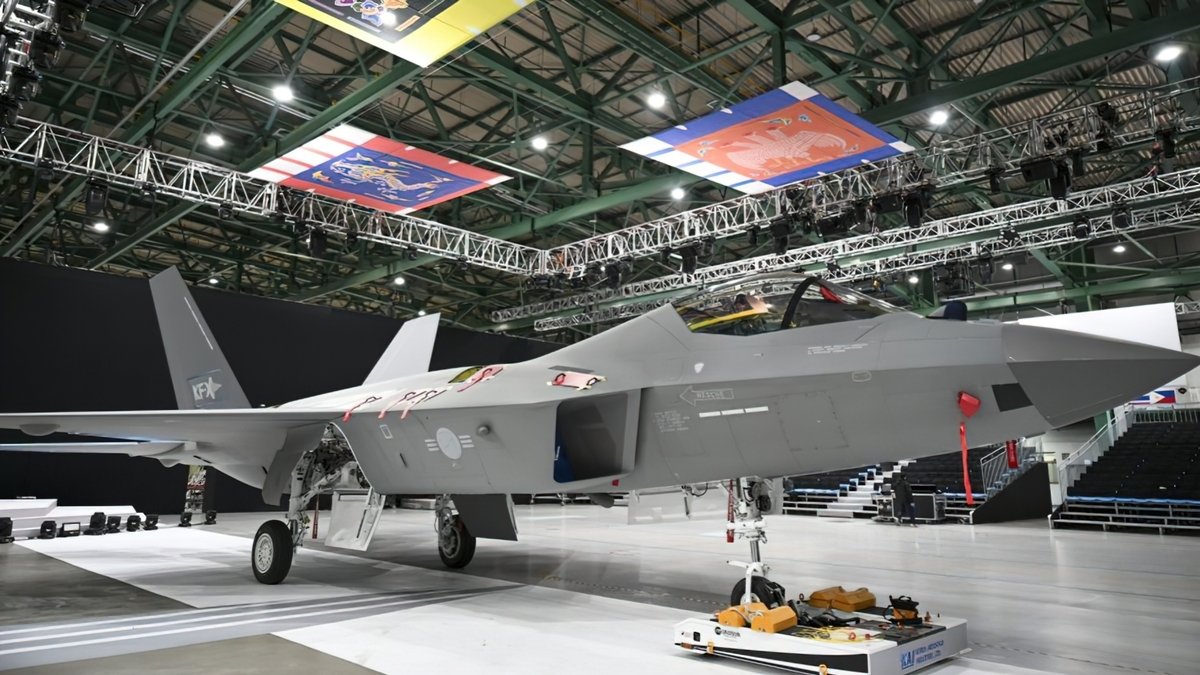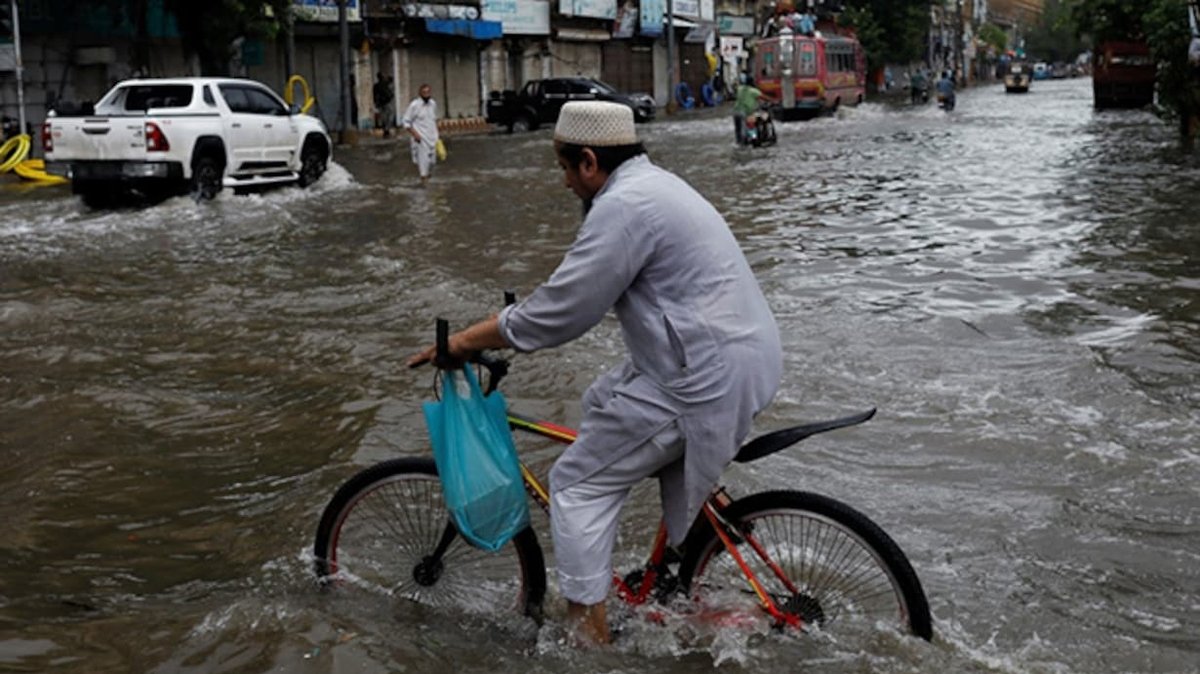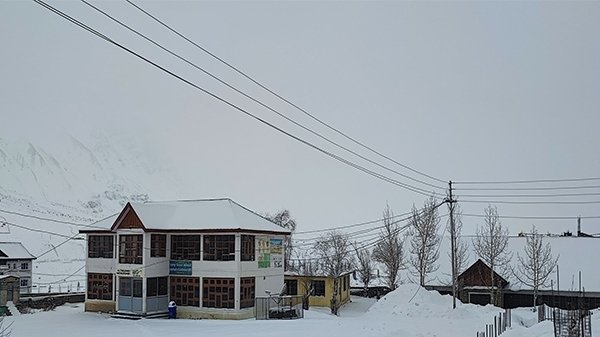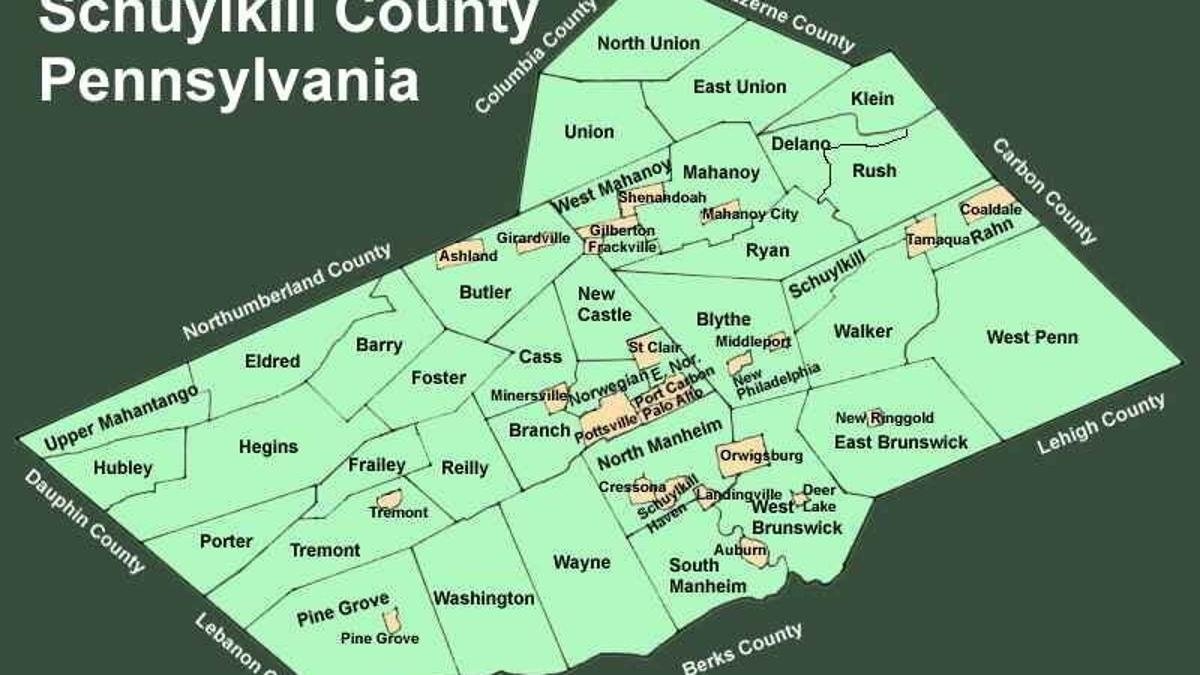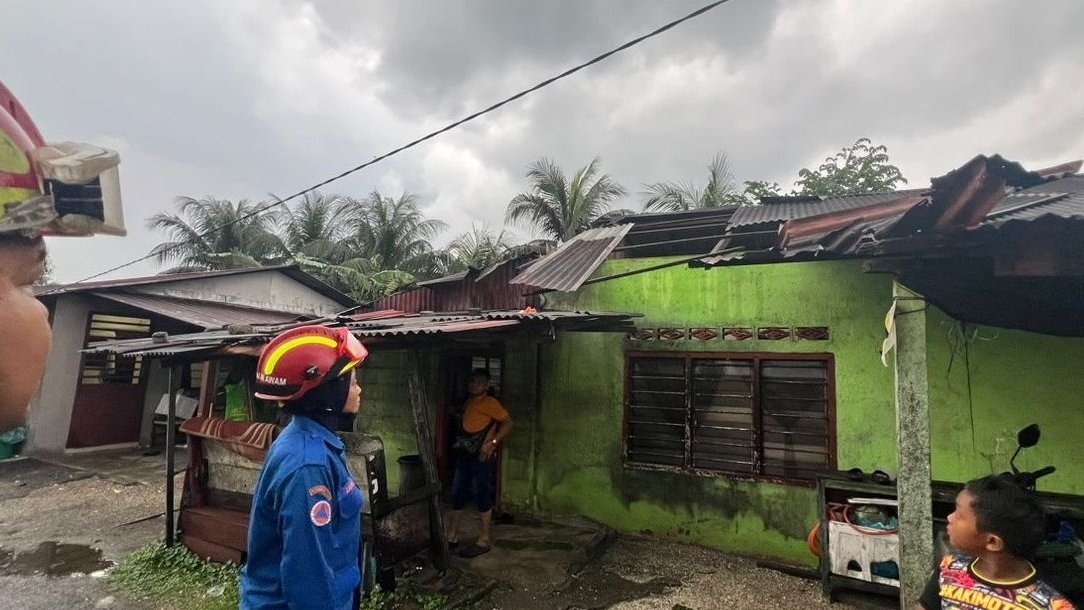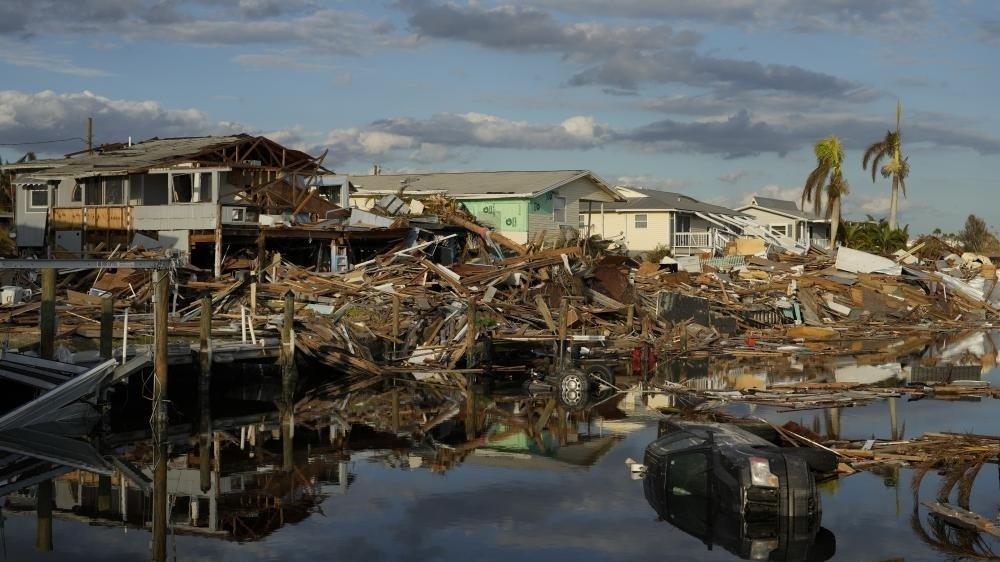Nation’s Severe Wildfire Receives Reinforcement from U.S. Army
The U.S. Army has recently activated units 2-149 GSAB and 449 ASB from Grand Prairie to address the worsening situation caused by the most destructive wildfire in Texas history. The wildfire has, so far, impacted a vast number of areas including Canadian, Borger, Stinnett, and Fritch, according to our source.
Commander Lee Stewart Leads the Operation
Under the competent and experienced leadership of Commander Lee Stewart, the operations were initiated from the Signature Aviation airport in the vicinity of Amarillo. The strategic plan focused on redirecting the course of the wildfire away from Borger using one of the base’s three Chinooks. This critical task was efficiently executed by Chief Warrant Officer Doug Phillips and Major Chad Dieter.
Determined Efforts of the Army Chinook
The Chinook, identified as a trustworthy workhorse for its extensive service in the Army and its impressive payload capacity, played an essential role in the firefighting mission. Bandy buckets with a sizeable 2,000 gallons water holding capacity were used in the effort. Troy Lord, a pilot with a wealth of experience operating the Chinook, expressed the aircraft’s distinct advantage of ferrying significantly large volumes of water to remote and rugged terrains rapidly.
Mobilization of Army Reserve Units
The Army Reserve units, which had recently returned from the Middle East approximately a year ago, were called upon by the Texas Governor to serve in the wildfire mission. The Texas Task Force One also played a crucial role, employing a Black Hawk for search and rescue operations.
Advanced Fighting Strategies
The strategies for firefighting were not restricted to ground efforts alone. Aircraft capable of collecting water from lakes were also used, combined with the use of fire retardants, which considerably aided the ground operations teams to control the ferocious blaze.
The Role of Technology and Old School Tactics
Despite the tremendous advancements in technology, the crews did not discard traditional methods completely. Along with using computer-assisted radar and specialized mapping software, they carried physical maps as a reliable backup, showcasing a unique blend of new and old methods to fight the devastating wildfire.

